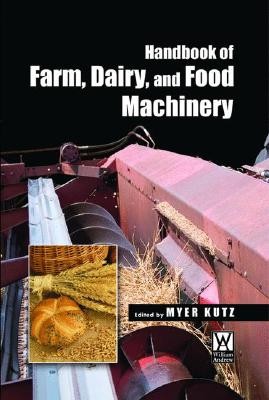
- We will send in 10–14 business days.
- SAVE -10% with code: EXTRA
Reviews
Description
The food industry, which includes farming and food production, packaging and distri- tion, and retail and catering, is enormous. states that in the United States, consumers spend approximately US$1 trillion annually for food, or nearly of the Gross Domestic Product (GDP). Over 16. 5 million people are employed in the food industry. In 2004, processed food sales worldwide were approximately US$3. 2 trillion. According to Reuters, food processing is one of the largest manufacturing sectors in the United States, accounting for approximately of all manufacturing shipments (by value). The processed food industry has grown by over between 1998 and 2004, and in 2004, the value of processed food shipments was approximately $470 billion. The largest sectors of the industry, in terms of value, are meat, dairy, fruit and vegetable preservation, and specialty foods. Other niche sectors include bakeries and tortilla manufacturing, grain and oilseed milling, sugar and confectionery, animal food manufacturing, and seafood products. The size of the machinery component of the food processing industry is hardly static, and it is an area where engineers can have a major effect. The U. S. Department of Labor, Bureau of Labor Statistics, states: Fierce competition has led food manufacturing plants to invest in technologically advanced machinery to be more productive. The new machines have been applied to tasks as varied as packaging, inspection, and inventory control . . . . Computers also are being widely implemented throughout the industry . . . .
EXTRA 10 % discount with code: EXTRA
The promotion ends in 23d.14:29:04
The discount code is valid when purchasing from 10 €. Discounts do not stack.
- Author: Myer Kutz
- Publisher: Springer
- ISBN-10: 1402059132
- ISBN-13: 9781402059131
- Format: 17.8 x 25.4 x 4.1 cm, kieti viršeliai
- Language: English English
The food industry, which includes farming and food production, packaging and distri- tion, and retail and catering, is enormous. states that in the United States, consumers spend approximately US$1 trillion annually for food, or nearly of the Gross Domestic Product (GDP). Over 16. 5 million people are employed in the food industry. In 2004, processed food sales worldwide were approximately US$3. 2 trillion. According to Reuters, food processing is one of the largest manufacturing sectors in the United States, accounting for approximately of all manufacturing shipments (by value). The processed food industry has grown by over between 1998 and 2004, and in 2004, the value of processed food shipments was approximately $470 billion. The largest sectors of the industry, in terms of value, are meat, dairy, fruit and vegetable preservation, and specialty foods. Other niche sectors include bakeries and tortilla manufacturing, grain and oilseed milling, sugar and confectionery, animal food manufacturing, and seafood products. The size of the machinery component of the food processing industry is hardly static, and it is an area where engineers can have a major effect. The U. S. Department of Labor, Bureau of Labor Statistics, states: Fierce competition has led food manufacturing plants to invest in technologically advanced machinery to be more productive. The new machines have been applied to tasks as varied as packaging, inspection, and inventory control . . . . Computers also are being widely implemented throughout the industry . . . .


Reviews